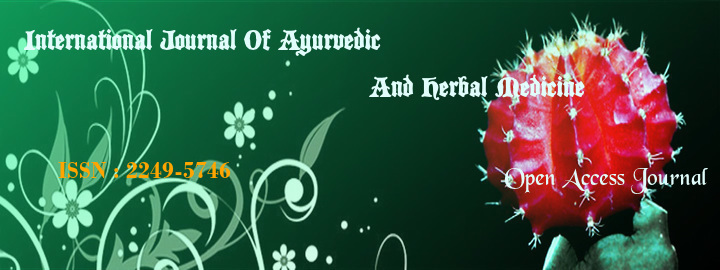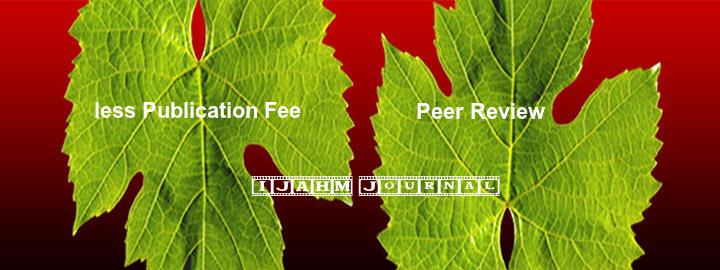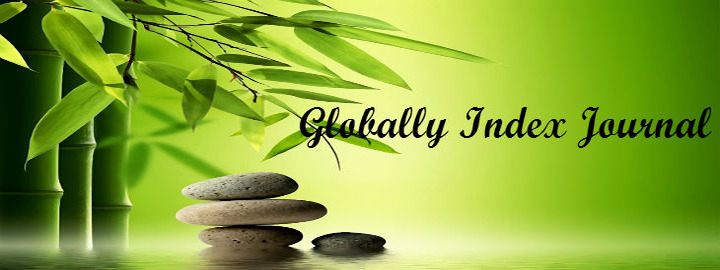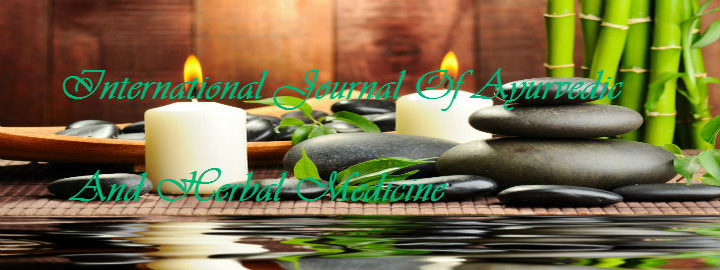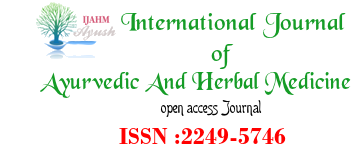


1Rashmi M , 2Oommen Sara Monsy , 3Shincymol V V
DOI : http://dx.doi.org/10.18535/ijahm/v7i5.04
1 PG Scholar, Department of Dravyagunavijnanam, Government Ayurveda College, Tripunithura, Ernakulam, Kerala, India.
2 Professor, Department of Dravyagunavijnanam, Government Ayurveda College, Tripunithura, Ernakulam, Kerala, India.
3 Associate Professor, Department of Dravyagunavijnanam, Government Ayurveda College, Tripunithura, Ernakulam, Kerala, India.
ABSTRACT:
Indoneesiella echioides (L.) Sreem., an annual herb occurring in South India, is listed in Hortus Malabaricus a 12–volume treatise on the plant wealth of Malabar during 17th century. The drug is mentioned in the name ‘Peetumba’ and is indicated as a remedy for poison of mad dog, cold and fevers. Research works have not been conducted in this plant from Ayurvedic fraternity. This paper deals with authentication of the drug by macroscopical and microscopical analysis. Organoleptic characters of root, stem, leaf, seed and whole plant powder was done along with section microscopy and powder microscopy. The section microscopy of root revealed features like single cell layered epidermis, followed by several cell layered cortex, 2 cell layered endodermis, 6-7 cells layered pericycle, phloem, exarch xylem and medullary rays. On analysing the section microscopy of stem features like longitudinally elongated epidermal cells which had striated cuticle, epidermal hairs, collenchyma cells, cortex, endarch xylem, cambium, phloem and pith were present. Section microscopy of leaf showed upper and lower epidermis with striated cuticle on outer surface of the cells with unicellular, uniseriate, trichomes. The mesophyll, made of palisade cells and spongy cells and stele in the midrib region along with distinct vascular bundles were present. The whole plant powder of Indoneesiella echioides (L.) Sreem., was dark green with granular texture characteristic penetrating odour, bitter and astringent taste. In microscopy tracheids with pitted thickening, xylem vessels with bordered pitted and spiral thickenings, calcium oxalate crystals and starch grains were also present. As the drug is not described in Ayurvedic Pharmacopeia of India, this study will pave way to a novel drug research.
KEYWORDS: Indoneesiella echioides (L.) Sreem., Hortus Malabaricus, Ayurveda, macroscopy, microscopy.
Reference:
1. Manilal K S. Hortus Malabaricus. Kerala University, Thiruvananthapuram. 2008; p.14.
2. Sundaresan S and Senthilkumar B. A Survey of Traditional Medicinal Plants from the vellore district, Tamilnadu, India. International journal of ayurvedic and Herbal medicine, (5) 2013; 1347–1355,
3. A N Chidambaran. Hortusum-Itty Achutanum Sathyavum Mithyayum. Kerala Sahitya Academy, Thrissur, Kerala, p.43.
4. A N Chidambaran. Hortusum-Itty Achutanum Sathyavum Mithyayum. Kerala Sahitya Academy, Thrissur, Kerala, p.10.
5. Manilal K S. Hortus Malabaricus. Kerala University, Thiruvananthapuram. 2008; p.151.
6. Umberto Quattrocchi. CRC World Dictionary of Medicinal and Poisonous Plants. CRC Press, 2012; p.4.
7. Kirtikar K R and Basu B D. Indian Medicinal Plants. International book distributors, 2012; p.1886.
8. Gamble J S, Flora of Presidency of Madras. Volume 1. Dehra Dun. International Book Distributors: p.1003
9. Anandanayaki and Uma. Pharmacognostical and phytochemical studies on Andrographis echioides (L) Nees. IJAPBC, 2014; July-Sep 3(3),
10. Lande S K and P Y Bhogaonkar, Anatomy of Indoneesiella echioides (L.) Streem: A medicinal Herb, Science Research Reporter, 2014; 4(2) 171-175.
11. Ramasubramania Raja. Pharmacognostical phytochemical and anti-ulcer activity of Andrographis echioides (Acanthaceae). Journal of Pharmacognosy and phytochemistry, 2014; 3(3): 39–49.
index







